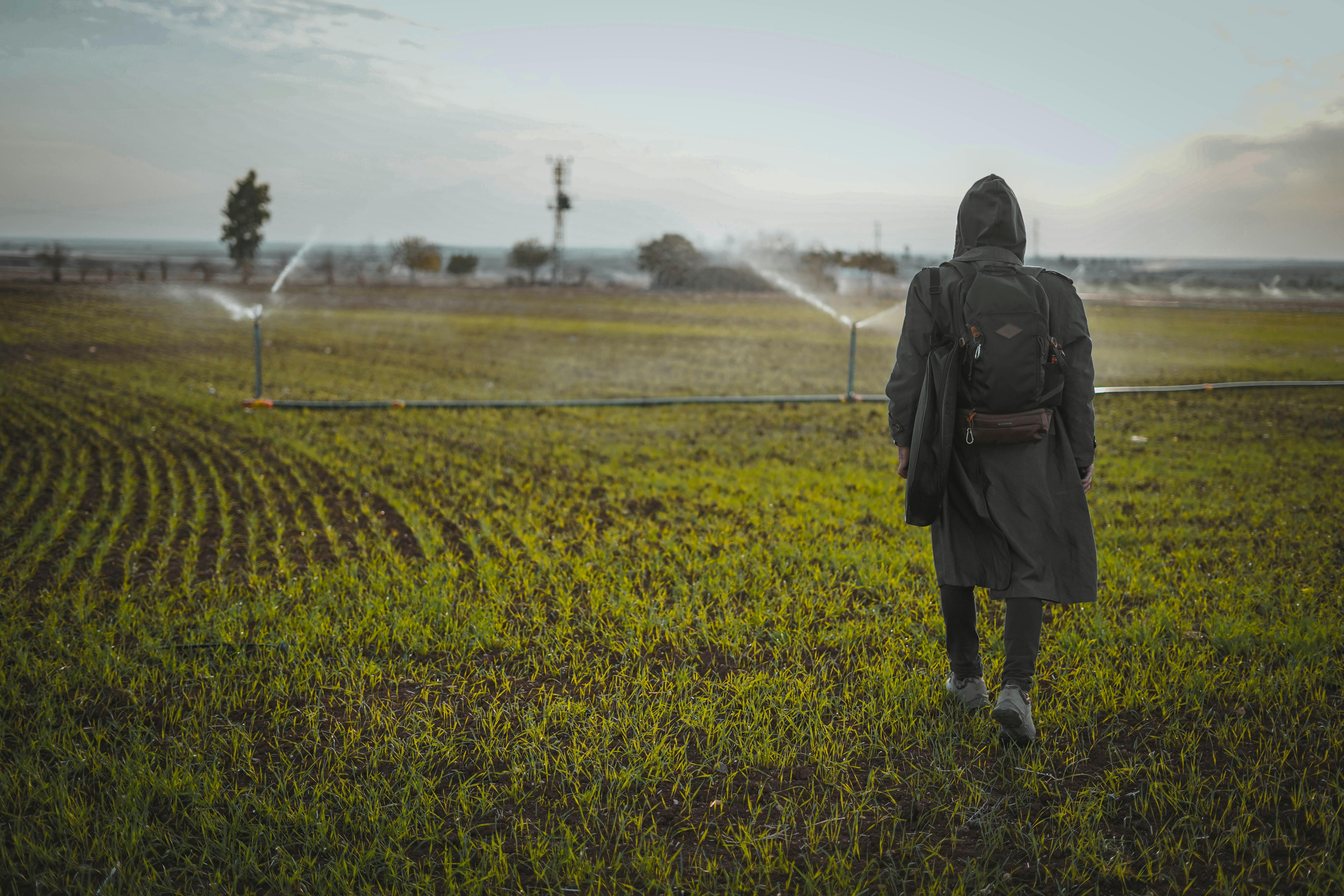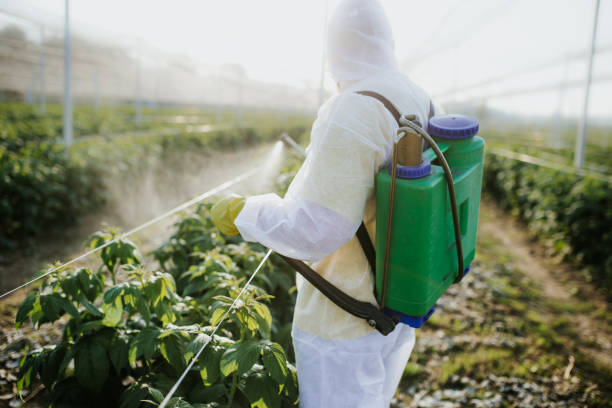All Categories
Featured
Table of Contents



Pesticides, while beneficial in managing agricultural pests, often have unintended consequences on non-target wildlife. Effects range from acute toxicity to more subtle chronic impacts like reproductive failure and immune suppression. Each year, countless wildlife species are subjected to the hazards posed by widespread pesticide use, affecting both terrestrial and aquatic habitats.
National bodies are often required to conduct thorough evaluations of the potential effects of pesticides on wildlife under laws like the Endangered Species Act. These assessments are crucial to ensuring the survival and health of species particularly vulnerable to chemical exposures.

Moreover, international treaties like the Stockholm Convention play a significant role in global pesticide regulation. The purpose of these international agreements is mainly to restrict or eliminate the use and production of Persistent Organic Pollutants (POPs), including certain pesticides, thus protecting wildlife on a global scale.
Dangers Posed by Pesticides to Wildlife
Wildlife faces numerous threats from pesticides through direct exposure or contamination of their natural habitats. Aquatic species, for instance, are particularly susceptible to runoff from agricultural fields that carry pesticides into water bodies, resulting in disrupted reproductive patterns and increased mortality rates.
Many bird species suffer as they consume insects or seeds laced with pesticides, which can cause direct poisoning or slow population decline, disrupting ecological balance.
The Financial Consequences of Pesticide Use on Wildlife
The decline in wildlife populations due to pesticides not only affects biodiversity but also has significant economic repercussions. If key species are lost, this can drastically impact sectors like wildlife tourism, which rely on healthy, diverse animal populations. Furthermore, the loss of species like bees, essential for pollination, can also adversely impact agricultural productivity, ultimately affecting food security and economies dependent on agriculture.
How Organic Farming Practices Benefit Wildlife Conservation
Transitioning to organic farming methods can substantially mitigate the adverse effects of pesticides on wildlife. Organic systems restrict the use of synthetic pesticides, opting instead for more natural, less harmful pest control methods. Such practices not only reduce direct toxicity to wildlife but also promote biodiversity and ecological health.
Insights into Avian Conservation Breeding demonstrate that less chemical-intensive farming supports not just crop health but also wildlife resilience, emphasizing the dual benefits of organic agriculture.
Utilizing Laws to Protect Wildlife from Pesticides
Legislation is pivotal in ensuring wildlife protection against pesticides. Effective legislation, along with diligent enforcement, is essential in monitoring and controlling pesticide application to minimize environmental threats. Regulatory mechanisms need to be constantly updated to respond to new scientific findings and technological developments in pesticides to stay effective.
Furthermore, actions such as habitat restoration and the creation of buffer zones can also be legislated from the negative impacts of pesticide use.
Latest Posts
Scenic Train Trips: From Coast to Coast
Get Your Garage Door Fixed Now — Emergency Repairs and Special Offers Await
Essential Foods for Expectant Mothers